(Click on the bar to enlarge the images.)
1843 is the earliest issue date for a Harpers Ferry manufactured U.S. Model 1842 musket.
The 1845 barrel date is not unusual being mismatched with the lock plate dating of 1843.
This gun with the 1843 lock dating and 1845 barrel dating falls within the Mexican War period as well as the Civil War period.
The inspector's cartouche on the stock is faintly visible in the photo below.
The following commentary is from Joe Bilby (columnist from The Civil War Times publication following my questions to him on March 13 2006.)
Joe Bilby shown below.
Joe is the author of many gun books and regimental history works from this period and was very helpful to me when I was debating purchasing this gun.
Joe's comments.
Widely used in the first two years of the war by both sides, and used by certain regiments, like those of the Irish Brigade and the 12th NJ, who preferred it, into late 1864. The 12th's Gettysburg monument is as much to the '42 as to the regiment. It is topped with a large sphere and three smaller ones, with the line "buck and ball."
Bayonet and scabbard.
The bayonet which is marked” U.S” over “C” over “17” on the blade flat is a U.S.Bayonet Model 1835……. , it came in a Regulation Pattern of 1839 Scabbard. This scabbard was normally carried in a shoulder belt (baldric) as opposed to being carried on the belt with a frog. This is the correct bayonet for the U.S. Model 1842 Musket, with a correct early scabbard.
Other Salient Facts;
Between 1843 and 1855 a total of 275,000 of this model were manufactured by Springfield and Harpers Ferry Armories, of which 172,000 were turned out at Springfield alone. The bayonet utilized for this model musket was the Model 1842 socket bayonet, which was 20-1/2 inches long, with a 2-7/8 inch socket and an 18-inch triangular blade. The U.S. Model 1842 Musket was the first arm to be produced at both the Harpers Ferry and Springfield Armories on a completely interchangeable basis, and aside even from this significant fact, holds a prominent position in the development of U.S. military shoulder arms. This was the first regulation percussion arm produced in the national armories, and at the same time, the last of the .69 caliber smoothbores.
.69 calibre round ball, or, “buck and ball” that was a .69 round ball with three rounds of buckshot.
DavidInformation

Warning: This is a relatively older thread
This discussion is older than 360 days. Some information contained in it may no longer be current.
- Knowledge Library

- MKL Entry of the Month
- Australia
- Austro-Hungarian Empire
- Canada
- Czechoslovakia
- Denmark
- Finland
- France/Belgium
- Germany
- Italy
- Japan
- Norway
- Russia
- South America
- Sweden
- Switzerland
- Turkey
- United Kingdom
- United States
- Yugoslavia
- Is my rifle authentic or a fake?
- Jay Currah's Lee Enfield Web Site
- On-line Service Records (Canada)
- Technical Articles/Research
- Forum
- Classifieds

- What's New?
-
Photo Gallery

- Photo Gallery Options
- Photo Gallery Home
- Search Photo Gallery List
-
Photo Gallery Search
- Video Club

- iTrader










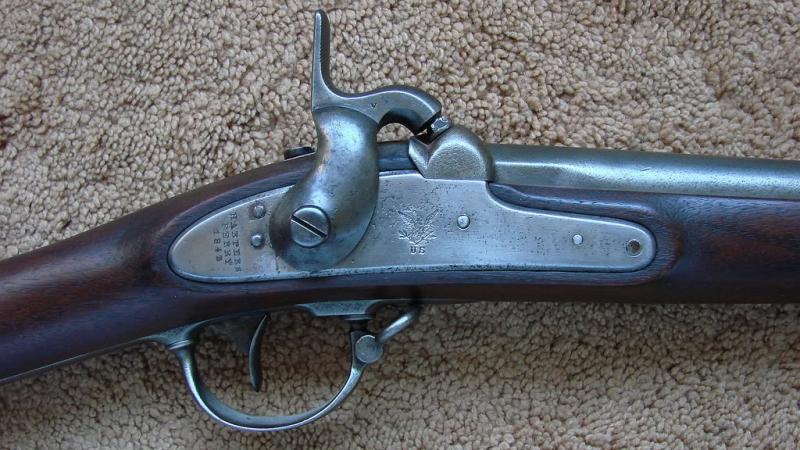
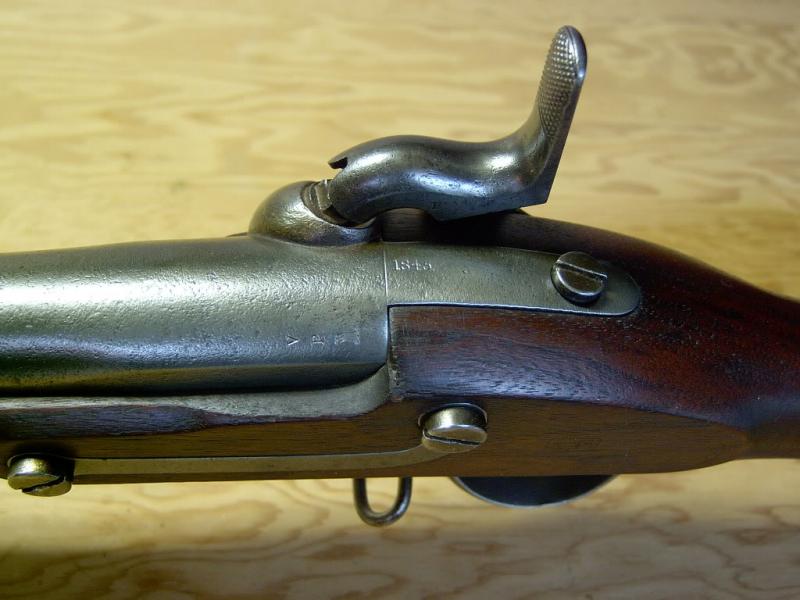
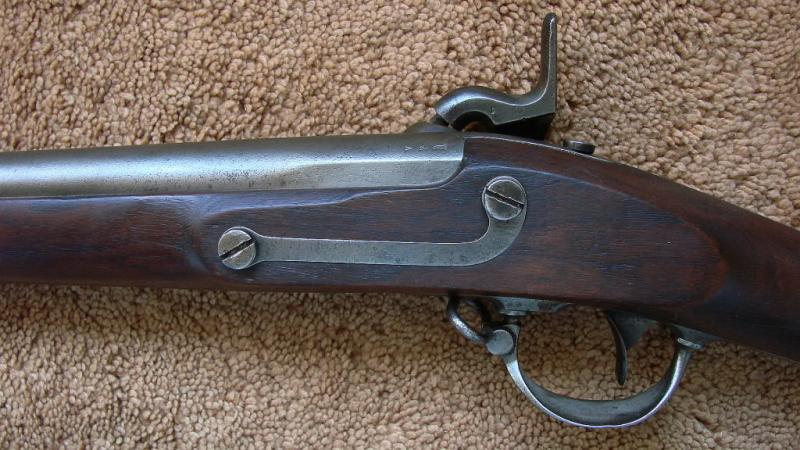
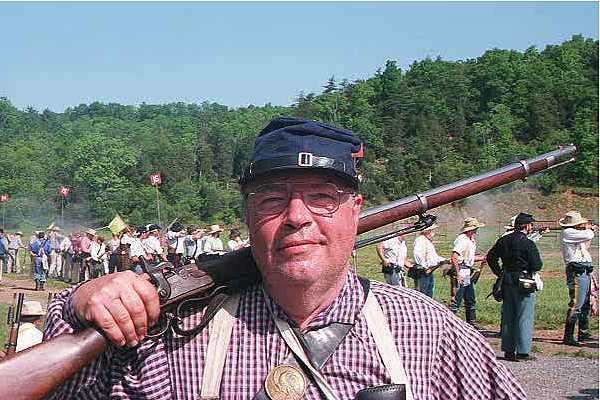
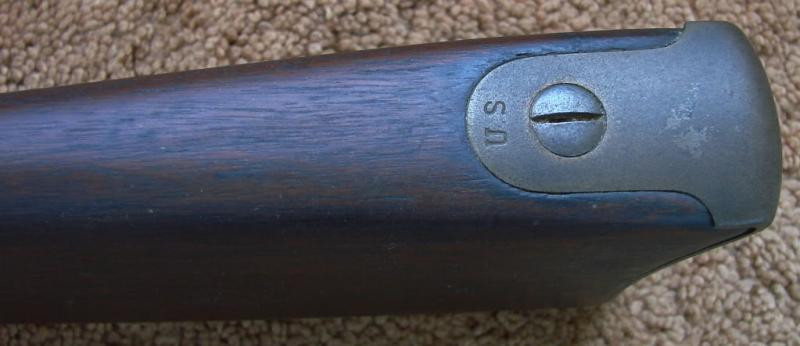

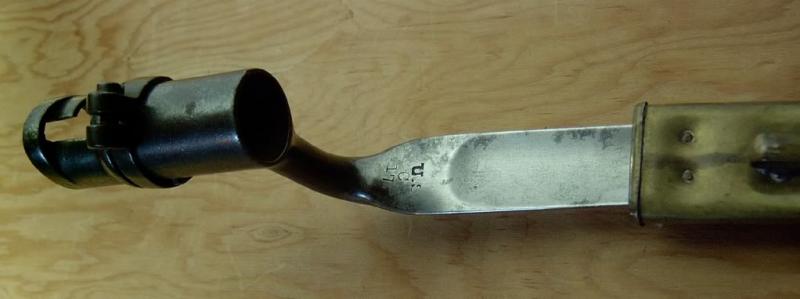
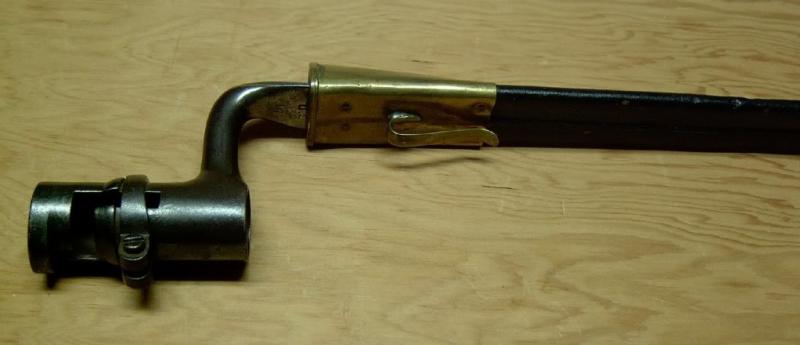


 PM
PM
